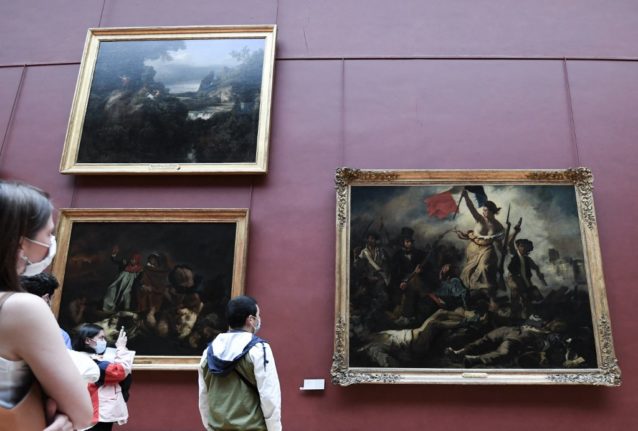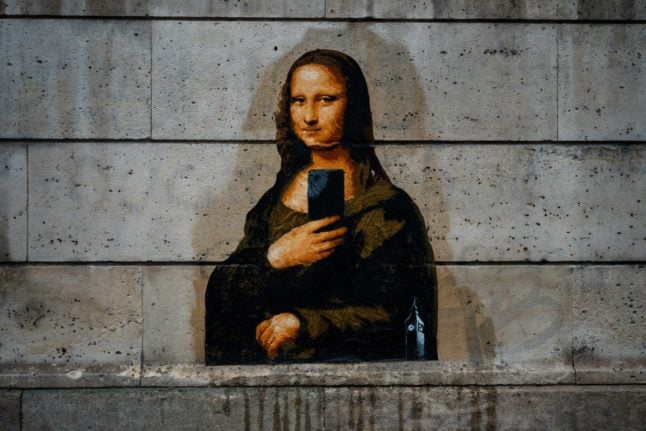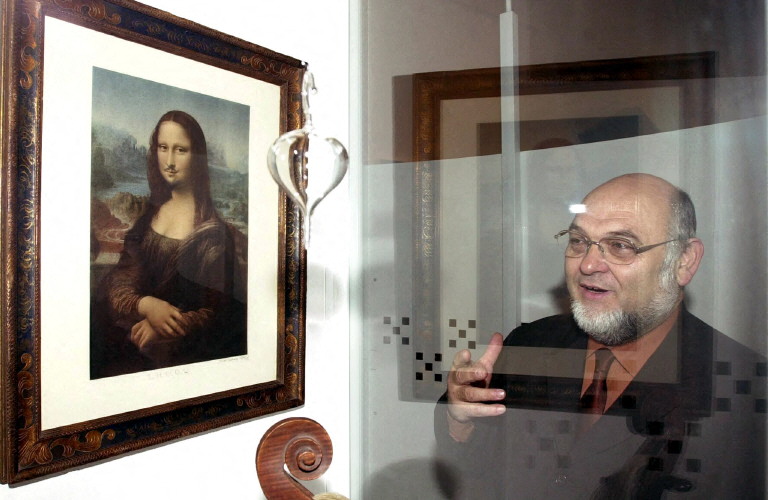Giuliano Ruffini, 77, is accused of cheating museums, auction houses and individuals for decades with dozens of forgeries of old masters.
He turned himself in to police at Castelnovo ne’ Monti, a town in the Reggio Emilia region of central Italy, his lawyer Paul Le Fevre said in a statement.
Italian news reports said Ruffini, who lived nearby, was subsequently arrested by police.
Ruffini’s arrest comes after years of judicial efforts to extradite him back to France, following an investigation begun in 2014 and the issuance of a European arrest warrant five years later.
A Milan appeals court authorised Ruffini’s extradition to France two years ago to face charges of fraud and counterfeiting, but it was put on hold until a parallel procedure for tax evasion in Italy was complete.
Ruffini was acquitted in May of those tax evasion charges.
Well-known in the art world, Ruffini sold dozens of paintings since the 1990s by such masters as Parmigianino and El Greco to some of Europe’s most prestigious museums, including the Louvre, often through intermediaries.
His fakes also attracted wealthy buyers, such as the Prince of Liechtenstein, who bought a forged Lucas Cranach the Elder painting of Venus for seven million euros ($7.24 million).
READ ALSO:




 Please whitelist us to continue reading.
Please whitelist us to continue reading.
Member comments